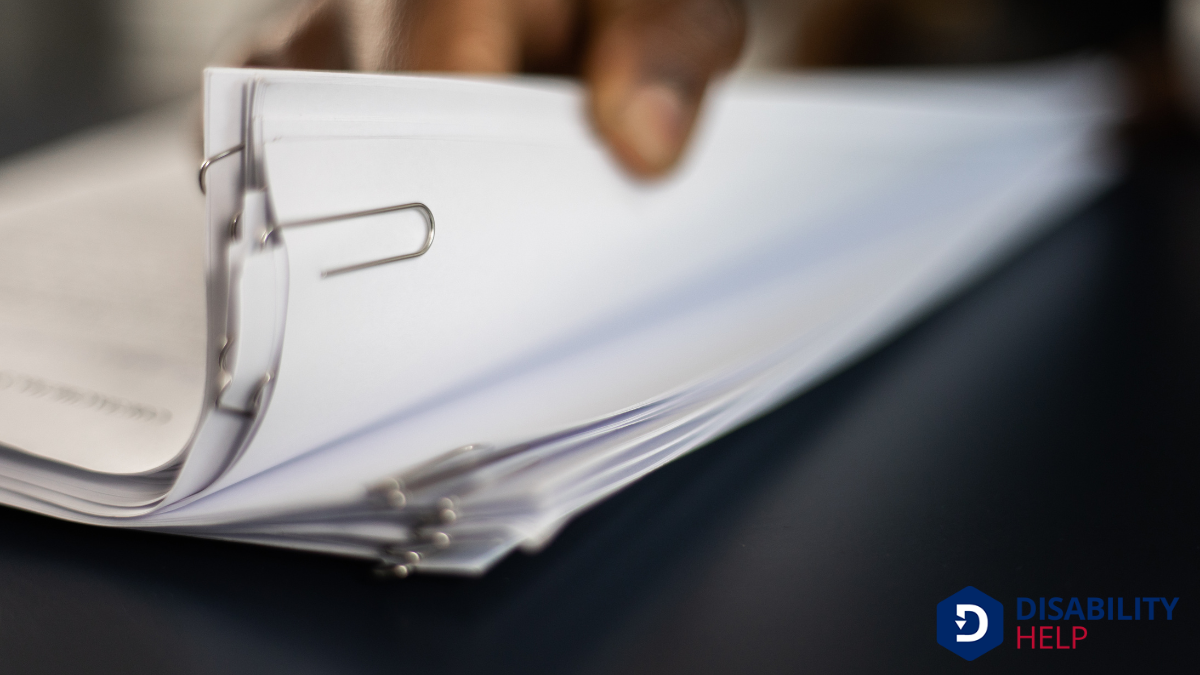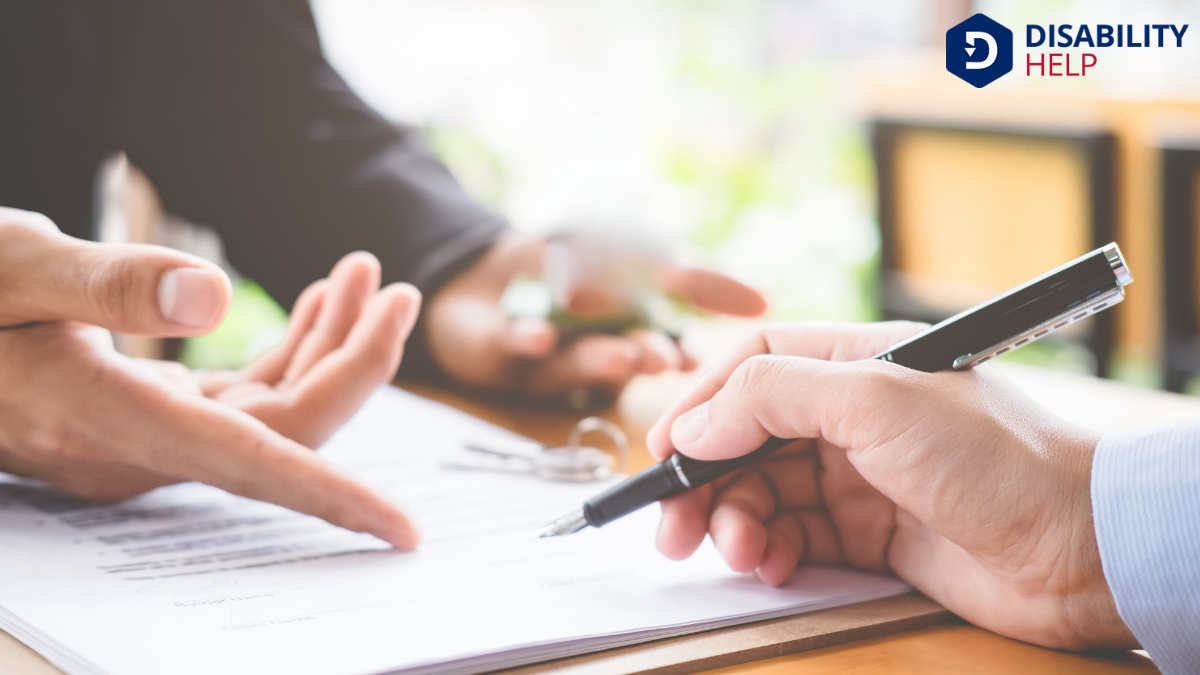When it comes to documenting our injuries for a claim, there are several essential steps we need to take to build a strong case. It all starts with seeking immediate medical attention to establish a clear and credible medical record. From there, maintaining detailed medical records and capturing visible injuries through photographs is key. But that's not all—there's more we need to do to guarantee we have thorough evidence for our claim.
Key Takeaways
- Seek immediate medical attention to ensure proper assessment and documentation of your injuries.
- Maintain detailed medical records, including diagnoses, treatment plans, and test results.
- Take clear, dated photos of visible injuries from multiple angles.
- Keep a personal injury journal documenting pain levels, emotional stress, and medical appointments.
- Collect witness statements with contact information for credible accounts of the incident.
Seek Immediate Medical Attention
When we’re injured, it’s essential to seek medical attention right away. This isn’t just about treating pain or discomfort; it’s imperative for our health and any future claims we may file.
Immediate care guarantees that injuries are properly assessed and documented by healthcare professionals. We mightn't feel the full impact of an injury immediately, but a doctor can identify issues we might overlook.
By acting promptly, we establish a clear medical record from the start. This documentation is important when discussing our injuries with insurance companies or legal representatives.
Keep Detailed Medical Records

Maintaining thorough medical records is essential for supporting any injury claim. Let's make certain we capture all relevant details. We should keep copies of every medical report, including initial diagnoses, treatment plans, and follow-up appointments.
It’s crucial to highlight any prescribed medications and therapies, as they demonstrate the ongoing impact of our injuries. By doing this, we create a clear timeline of our medical journey, strengthening our claim.
We must also remember to include any referrals to specialists and all test results, such as X-rays or MRIs. Keeping records of communication with healthcare providers can further support our case.
Document Visible Injuries With Photos
In addition to maintaining detailed medical records, capturing visual evidence of our injuries can greatly bolster our claim. Photos provide undeniable proof of the severity and progression of our wounds, making them essential.
To guarantee effectiveness, we should take clear, well-lit images as soon as possible after the incident. We need to photograph injuries from multiple angles and distances, showing both close-ups and context within the body. Including a date stamp or using a smartphone camera with automatic timestamps can add credibility.
Consistency is key, so let's document changes regularly, highlighting any healing or worsening. These photos not only support our narrative but also help others understand the reality of our situation, ultimately strengthening our claim.
Maintain a Personal Injury Journal
Keeping a personal injury journal can be a powerful tool in strengthening our claim. By documenting our daily experiences, we capture the full extent of our injuries and their impact on our lives.
Let’s jot down the pain levels, emotional stress, and any activities we can’t perform due to our injuries. This consistent record helps paint a vivid picture of our struggles, making it easier for others to understand our situation.
We should also include details of medical appointments and treatments. Writing down conversations with healthcare providers guarantees we remember important advice and progress updates.
This journal isn’t just for our benefit; it can serve as compelling evidence if we need to prove the severity and ongoing nature of our injuries.
Collect Witness Statements and Contact Information

As we document injuries for a claim, let's focus on collecting witness statements and their contact information.
We should start by identifying reliable witnesses who can provide credible accounts of the incident.
Gathering detailed statements from these individuals and securing their contact information will strengthen our case and guarantee clear communication if further clarification is needed.
Identify Reliable Witnesses
While gathering evidence for an injury claim, identifying reliable witnesses is essential. We need to focus on those who observed the incident firsthand, as their testimony can support our case.
It's vital to determine if they have a clear, unbiased view of what happened. Reliable witnesses should have no vested interest in the outcome, guaranteeing their accounts remain objective and trustworthy.
Let's approach potential witnesses with respect and clarity, explaining the importance of their role in our claim. We should ask for their contact information, including phone numbers and email addresses, to make sure we can reach them later.
Gather Detailed Statements
Having identified reliable witnesses, our next step involves gathering detailed statements from them. We should encourage witnesses to recount the incident clearly and thoroughly, ensuring they focus on what they directly observed.
It's helpful if we ask open-ended questions to prompt detailed responses. For example, "Can you describe what you saw when the accident happened?" allows them to provide a thorough account.
We need to listen attentively and take notes or record their statements with permission. Accuracy is essential here, as these details can greatly impact our claim.
Secure Contact Information
Collecting witness statements is essential, but equally important is securing their contact information. We need to guarantee we can reach them later if further details are necessary for our claim.
When witnesses share their accounts, we should politely ask for their full name, phone number, and email address. This information is significant if we or our legal representatives have follow-up questions or need them to verify their statements.
Let’s remember to reassure witnesses that their information will be used solely for the claim process. By doing this, we build trust and make them more comfortable sharing their details.
Keeping a dedicated record of all collected contact information will help us stay organized and support our case effectively. Let’s prioritize this step for a successful claim process.
Preserve All Related Evidence
Let's make sure we preserve all related evidence to strengthen our claim.
We should photograph injuries promptly to capture their condition accurately and keep all medical records organized and accessible.
Photograph Injuries Promptly
When it comes to documenting injuries for a claim, promptly photographing injuries is vital to preserving evidence. We need to capture the severity and progression of our injuries as soon as possible.
Our photos should be clear and detailed, showing different angles and distances. This way, they accurately reflect the injuries' extent. Let’s make sure we include a date stamp if possible, which adds credibility to our evidence.
Lighting is important, so we should aim for natural light or guarantee the area is well-lit.
Don’t forget to take follow-up photos as the injuries heal, documenting changes over time. By doing this, we strengthen our claim with a visual timeline, providing tangible proof of our injuries to support our case effectively.
Keep Medical Records
Keeping medical records is essential in building a strong claim. They provide concrete evidence of our injuries and the treatments we've received. By meticulously preserving all related evidence, we strengthen our case and increase our chances of a favorable outcome.
Here’s what we need to do:
- Request Copies: Obtain copies of all medical records, including doctor’s notes, test results, and treatment plans. These documents offer an insight into our medical journey.
- Maintain a Timeline: Keep a detailed log of appointments, treatments, and progress. This timeline helps illustrate the extent and duration of our injuries.
- Document Expenses: Record all medical-related expenses, such as prescriptions and therapy sessions. Detailed receipts can substantiate our claims for compensation.
Conclusion
In documenting our injuries for a claim, we need to act promptly and thoroughly. Let’s make sure we seek immediate medical attention to establish our medical records and capture our visible injuries with clear photos. We should keep a personal injury journal to track our pain and emotions and collect witness statements to support our case. By preserving all related evidence, we're strengthening our claim and ensuring we have complete documentation to present.






